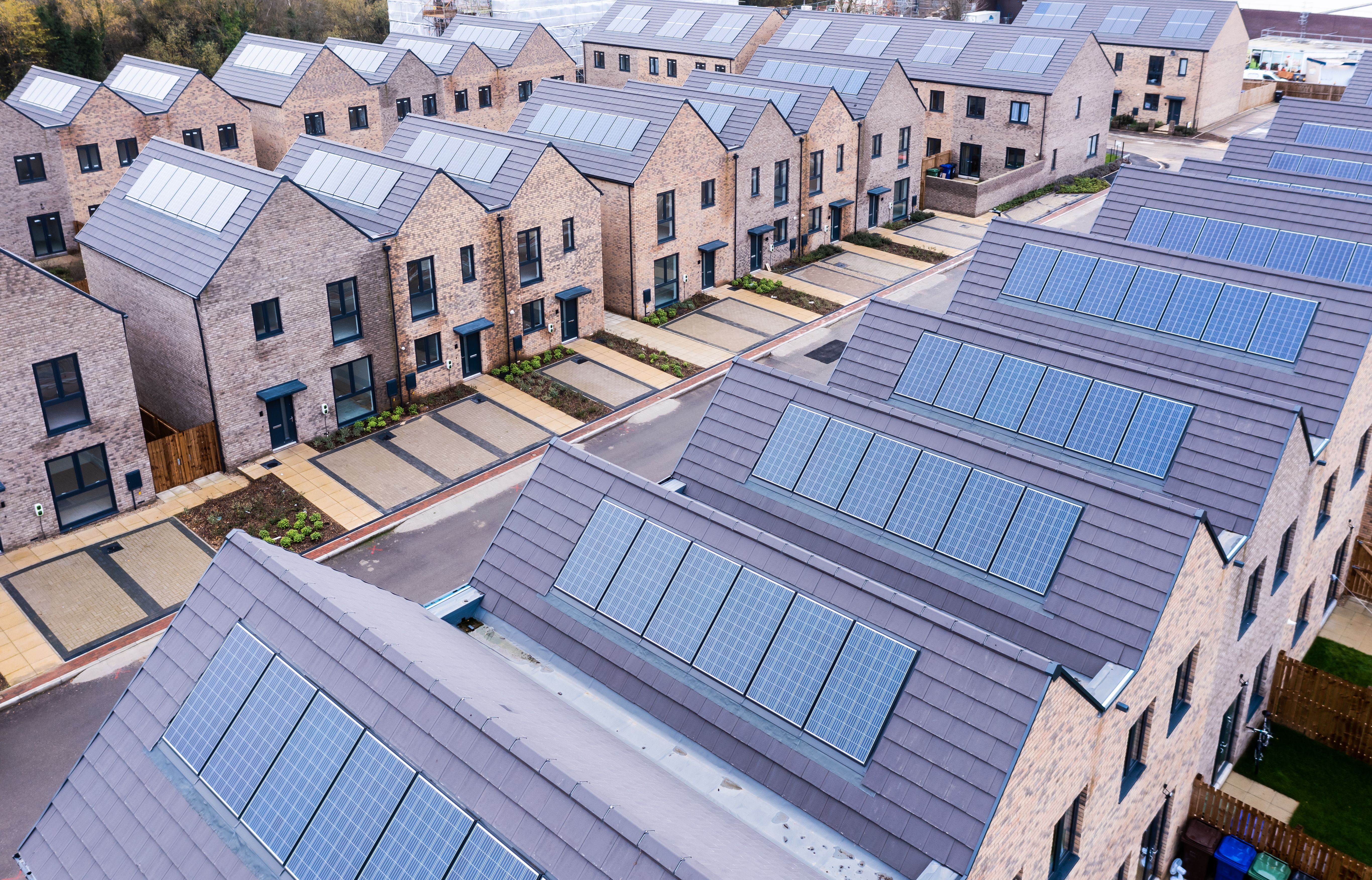Lifecare Design: Pioneering Sustainable Architecture
Introduction to Lifecare Design
Lifecare Design is setting new standards in the realm of sustainable architecture. As the world becomes increasingly aware of the environmental challenges we face, the need for buildings that not only serve their purpose but also contribute positively to the environment is more critical than ever. Lifecare Design is at the forefront of this movement, merging functionality with sustainability to create spaces that nurture both people and the planet.
In the past, architecture often overlooked environmental considerations in favor of aesthetics and cost-efficiency. However, Lifecare Design is challenging this notion by integrating eco-friendly practices throughout the design and construction process. This shift not only benefits the environment but also enhances the quality of life for building occupants.

Key Principles of Sustainable Architecture
At the heart of Lifecare Design's approach are several key principles that guide their sustainable architecture projects. These principles prioritize minimizing environmental impact while maximizing resource efficiency and occupant well-being.
Energy Efficiency
One of the most significant aspects of sustainable architecture is energy efficiency. Lifecare Design incorporates advanced technologies and innovative design strategies to reduce energy consumption. This includes the use of renewable energy sources, such as solar panels and wind turbines, as well as optimizing natural light and ventilation to decrease reliance on artificial systems.

Use of Sustainable Materials
Lifecare Design prioritizes the use of sustainable materials in all their projects. This means selecting materials that have a lower environmental footprint, are recyclable, or come from renewable sources. By choosing materials like bamboo, recycled steel, and reclaimed wood, they ensure that their buildings are both durable and environmentally friendly.
- Bamboo: A fast-growing, renewable resource.
- Recycled Steel: Reduces waste and requires less energy to produce.
- Reclaimed Wood: Offers a unique aesthetic while conserving natural resources.

The Impact on Community and Environment
Sustainable architecture goes beyond individual buildings; it has a profound impact on communities and the environment as a whole. Lifecare Design projects aim to create harmonious spaces that blend seamlessly with their surroundings, enhancing both urban and rural landscapes.
By implementing green roofs, community gardens, and efficient water management systems, these designs foster biodiversity and create healthier environments for all living beings. The incorporation of green spaces not only improves air quality but also provides a sanctuary for urban wildlife.
Community Engagement
Another vital aspect of Lifecare Design's philosophy is community engagement. They believe that involving local communities in the planning and development process leads to more successful and sustainable outcomes. This collaboration ensures that projects meet the unique needs of each community while fostering a sense of ownership and pride among residents.
The benefits of sustainable architecture extend far beyond environmental considerations. By embracing Lifecare Design's principles, communities can enjoy improved health outcomes, increased economic opportunities, and a stronger sense of connection to their natural surroundings.

